
We left Dublin after a whirlwind visit and carried on south to the final stop of our Ireland travels. We are on a farm 10 km south of New Ross (Ros Mhic Thriúin) in County Wexford. New Ross is famous for being the ancestral home of John F. Kennedy whose great-grandfather emigrated from New Ross to the USA. There are a lot of memorials, gardens, schools, statues, roads etc named after the Kennedy family. There are also a lot of castles, churches and ruins in this part of Ireland so we had a busy final week in Ireland.
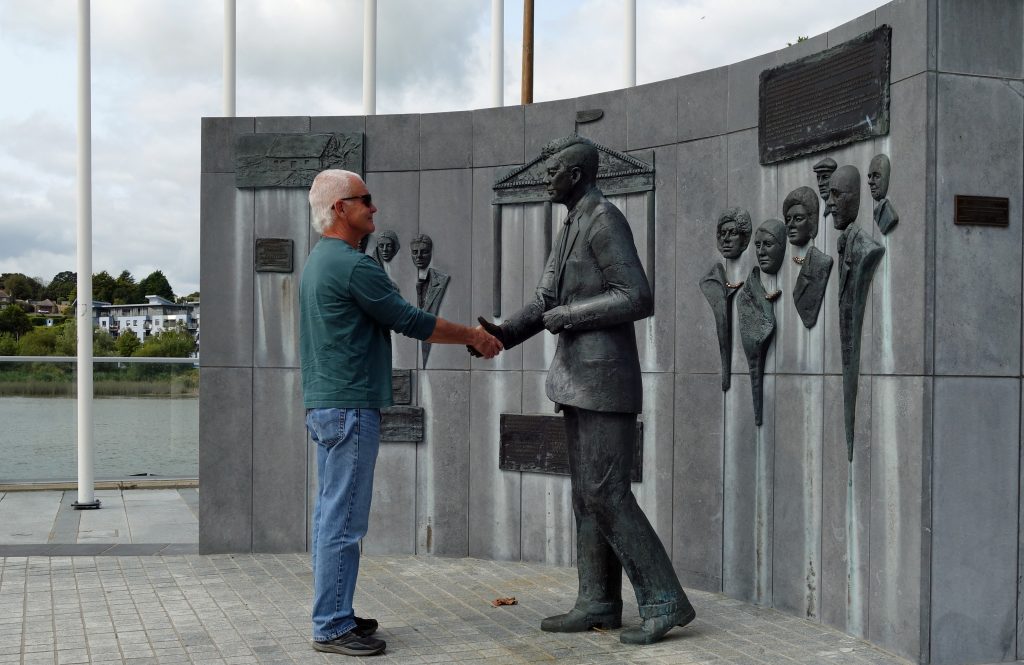
Less than an hour northwest of New Ross, is the town of Kilkenny (Cill Chainnigh), and the Black Abbey. Situated in the heart of the ancient kingdom of Ossory and one of Ireland’s oldest churches. Established as a Dominican Friary in 1225 it’s the only foundation still in use after nearly 800 years. There are many churches in Ireland as old as the Black Abbey, but they are all historic ruins, unlike this abbey which continues to function as a Catholic church. Inside is an alabaster sculpture of the Most Holy Trinity, dated 1264 but more likely thought to be circa 1400, found after being hidden in one of the walls for centuries.
A short walk from the Black Abbey is St. Canice Cathedral (Ardeaglais Naomh Cainneach), Ireland’s second-largest medieval cathedral after St Patrick’s in Dublin. The first monastery was built here in the 6th century by St Canice, Kilkenny’s patron saint. The present structure dates from the 13th to 16th centuries, with extensive 19th-century reconstruction. Outside stands a 100 ft tall 9th century round tower, part of a pre-Norman Gaelic monastery, one of only two in Ireland that you can climb. The magnificent choir stalls were added in 1901 and are carved from Danubian oak, inspired by the medieval choir stalls of the Bruges Cathedral dating from 1450. Something that caught our attention was the unusual ceiling which had carved wooden figures sticking out, similar to gargoyles. There was no explanation in the guide and when we asked one of the employees she said they were carvings of saints, but she had no further details.
The first Norman church at Kells Priory (Prióireacht Cheanannais) was founded in 1183. A decade later in 1193 the Augustinian priests moved in and the priory was established. After years of conflict during which the priory was attacked and burned, the walled courtyard with five towers was built in the 15th century to gather and protect the livestock during an attack. The dissolution of the monastery took place in 1540 under the orders of King Henry VIII and the property was abandoned. I got the impression not too many people come here when the young man in the information booth bolted out to say hello, tell us all about the property and even offered to guide us around if we liked 😁
The Inistioge Bridge (Inis Tíog) is a gorgeous 10 arched bridge across the River Nore, built from 1760 to 1765. This bridge is noteworthy for the contrast between the plain upriver face (bottom photo) and the downriver side (top photo) with it’s beautiful curved arches and granite ionic pilasters.
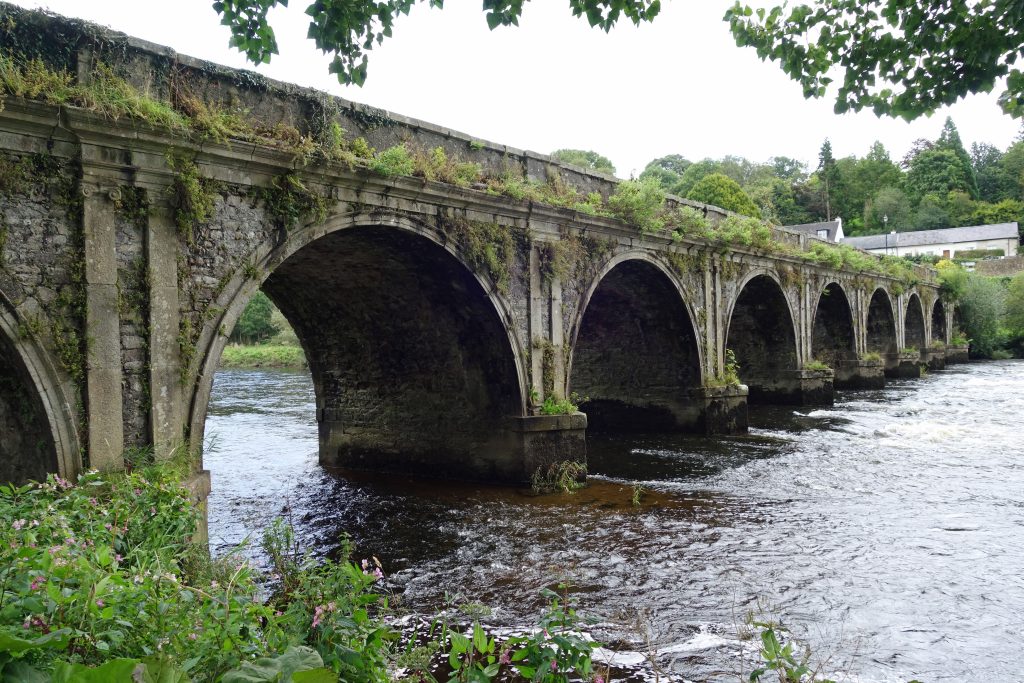
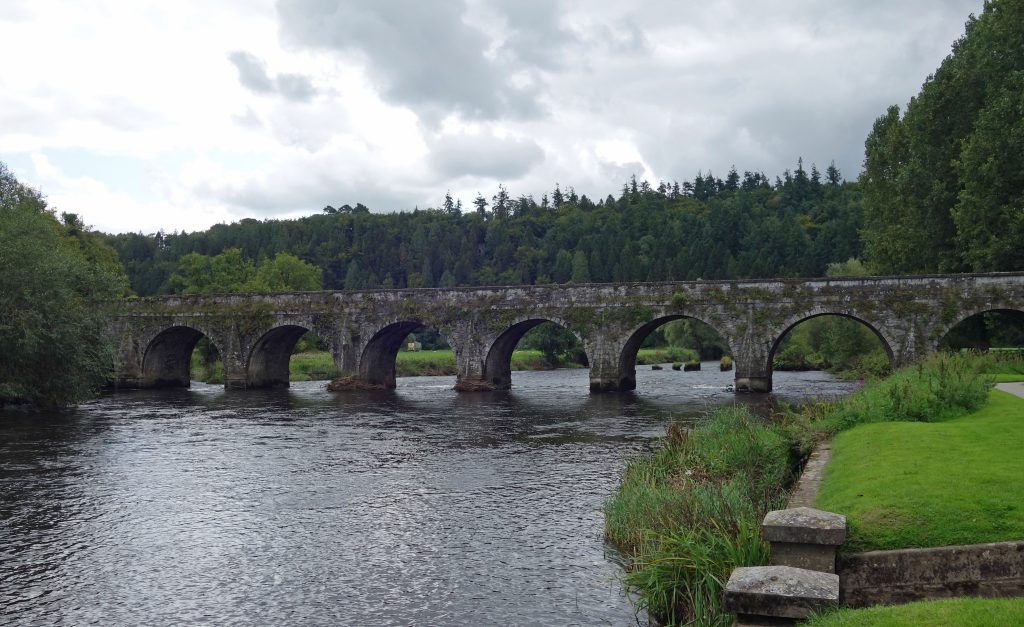
Dunbrody Abbey (Mainistir Dhún Bróithe) was founded in 1172 after the Norman invasion of Ireland and given to the Cistercian monks in 1182. In the 13th century the church was built and the abbey flourished until the dissolution of all the monasteries in Ireland between 1536 and 1541 under orders from good old Henry VIII. In May 1536 Dunbrody Abbey was one of the first to be closed, the abbey was plundered and left in ruins as it stands to this day.
The Hook Lighthouse (Teach Solais Rinn Duáin) is perched at the tip of the Hook Peninsula, and at 800 years of age is the oldest still functioning lighthouse in Europe. The existing tower dates from the 12th century with the first custodians of the lighthouse being a small group of monks who lived in a nearby monastery. When the monks left in the mid 17th century they were replaced by lighthouse keepers who stayed until 1996 when the lighthouse was fully automated. These days the lights are controlled remotely by the Commissioners of Irish Lights. The lighthouse tower stands 4 stories high with walls up to 4m thick and is quite distinctive, painted white with two black bands. I read somewhere that it is a fascinating example of mediaeval architecture when to my eye it looks like a stubby, round lighthouse. Obviously I know nothing about architecture 😂
Our host told us about the Slieve Coillte (Sliabh Coiltair) viewpoint not far away that we should visit for panoramic views across the five counties of Waterford, Wexford, Carlow, Kilkenny and Tipperary. Boy was she right, the views from the top are just amazing, not sure we would have found this place on our own. The hill is the highest point on the Hook Peninsula and we could see all the way to the Hook Lighthouse.
The Rock of Cashel (Carraig Phádraig), also known as St Patricks Rock, was a 90 min drive into County Tipperary from our cottage and we had read that this was probably the most significant ruin in the area so off we went. It possesses the most impressive cluster of medieval buildings in Ireland. Among the monuments to be found there is a round tower, a Romanesque chapel, a Gothic cathedral, an abbey, the Hall of the Vicars Choral and a fifteenth-century Tower House. Centuries before the Norman invasion in the 12th century, The Rock of Cashel was the seat of the High Kings of Munster with Brian Boru being crowned High King here in 978. Most of the buildings on the current site date from the 12th and 13th centuries when the rock was gifted to the church in 1101 by the King of Munster. Tickets must be bought on site and cost 6 Euros each (USD $6.30) for Seniors.
On the grounds around the buildings an extensive graveyard includes a number of high crosses. Scully’s Cross, one of the largest and most famous high crosses here, originally constructed in 1860, was destroyed in 1976 when lightning struck a metal rod that ran the length of the cross. The remains of the top of the cross now lie at the base of the cross adjacent to the rock wall.

Waterford (Port Láirge) is the oldest city in Ireland, tracing it’s history back to a Viking settlement established in 914. Like much of Ireland, the Vikings fought the Irish who fought the Anglo-Normans etc, so Waterford has a long history of conflict. Bordering the river is the Viking Triangle, an area containing old defensive fortifications, museums and churches detailing the proud history of the city.
Today Waterford is renowned for it’s glassmaking industry, which began in 1783, featuring the Waterford Crystal Factory. The House of Waterford Crystal creates exquisitely designed crystal creations and is a fascinating place to tour. The factory in Waterford town is where the most intricate and masterful pieces are created by hand by highly trained Master Engravers. It was pretty amazing to see the entire process from glass blowing to detailed engraving. A guided tour of the factory costs 15 Euros each (USD $15.80) and takes just under an hour. As much as we would have liked to, we did not buy any of this gorgeous crystal, but we were sorely tempted!!
Christ Church Cathedral in Waterford has been a place of Christian worship for over 1,000 years. The first cathedral on this site was built in 1096 by the Vikings who had recently converted from paganism to Christianity. In 1170 the Cathedral hosted an event which would change the course of Irish history, the marriage of Strongbow, an Anglo-Norman Knight, to the Irish Princess Aoife. This political marriage marked the end of the Viking age in Irish history and the beginning of English involvement in Irish affairs. The current Cathedral was constructed from 1773-1779 and is considered the finest 18th century ecclesiastical building in Ireland. The spectacular stucco plasterwork ceiling is similar to what could be seen in many 18th century palaces across Europe, and of course the chandeliers are stunning Waterford Crystal. Inside the church the Tomb of James Rice dates from 1482 and is one of the finest cadaver tombs in Ireland depicting the horror of death.
Well, after two and a half months in Ireland, that’s a wrap. The weather was not very co-operative for a lot of our time here which undoubtedly curtailed quite a few of our outdoor hiking plans, but overall it has been a really interesting and educational visit.
Sláinte Ireland, it’s been amazing…..

An té a bhíónn siúlach, bíonn scéalach
He who travels has stories to tell
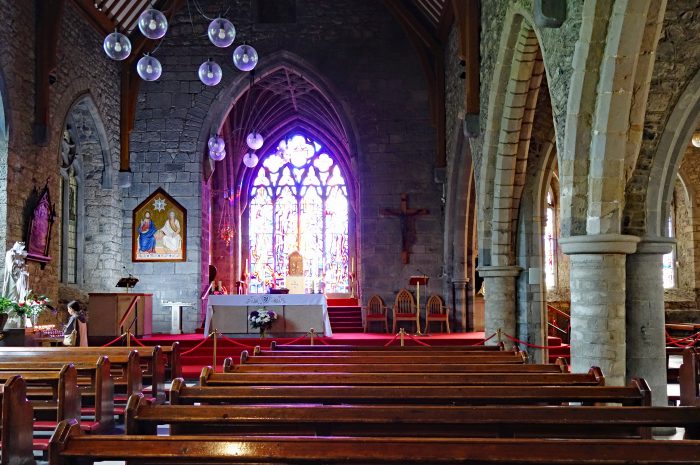
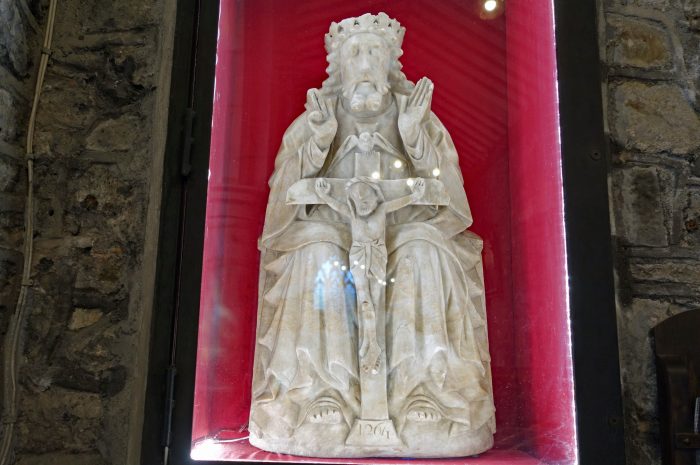


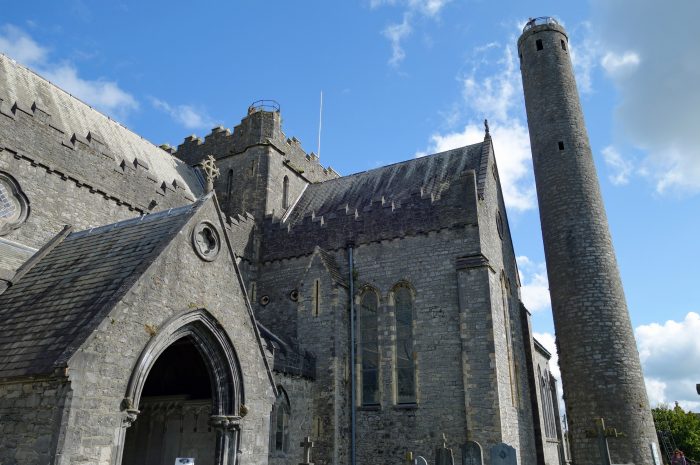
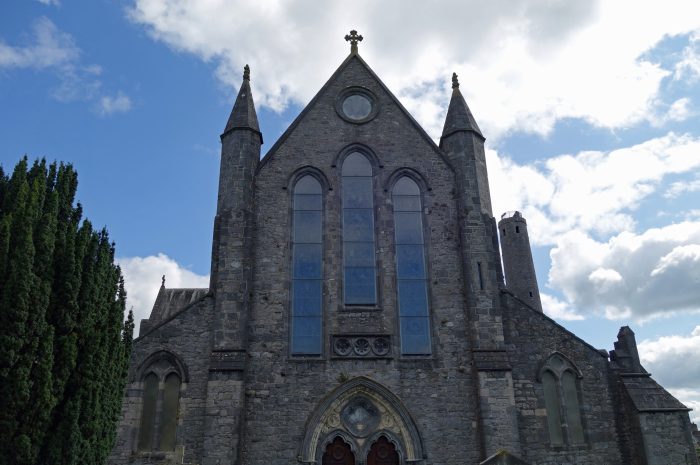
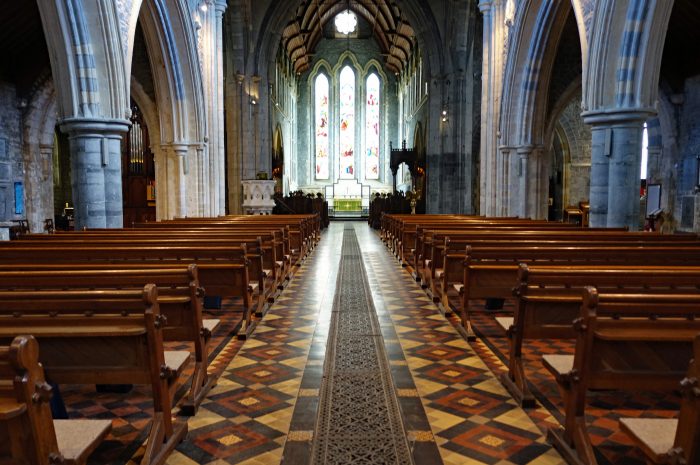
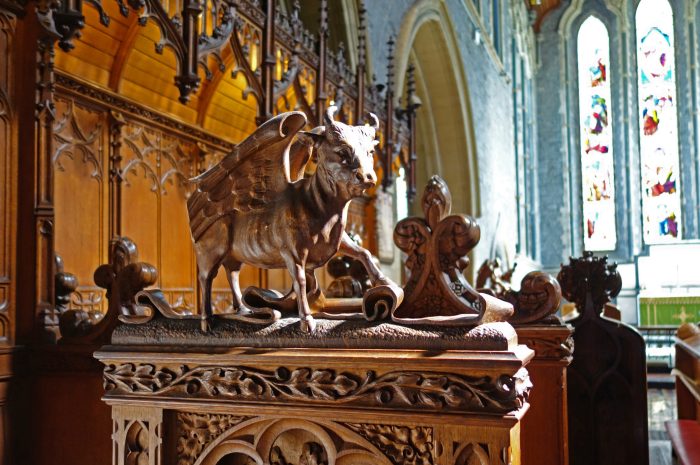
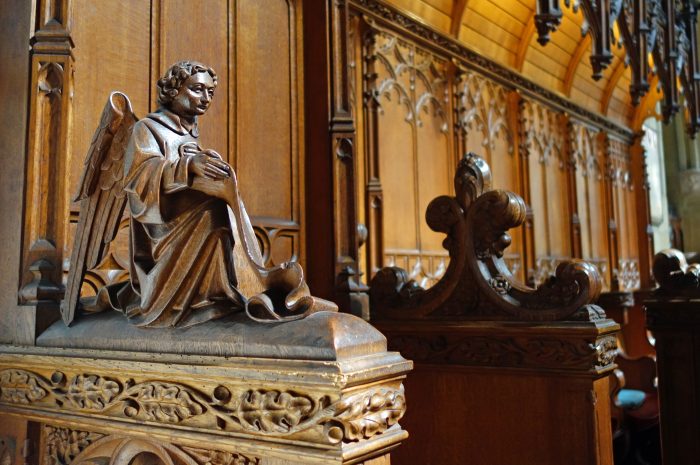
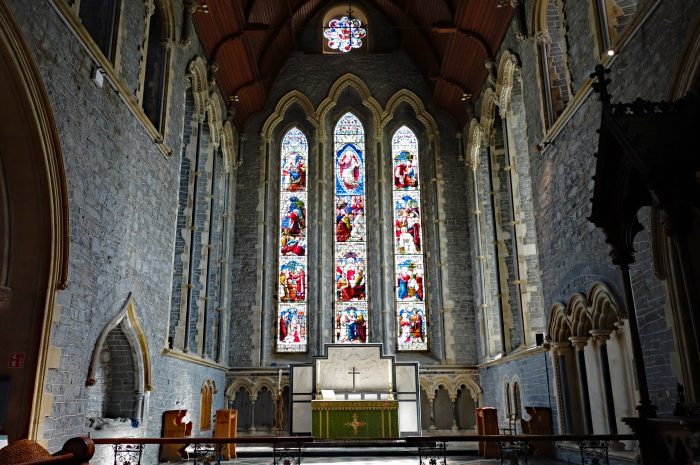
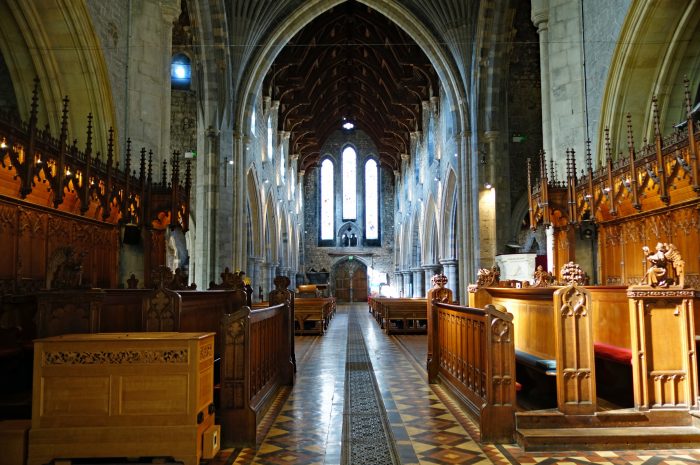
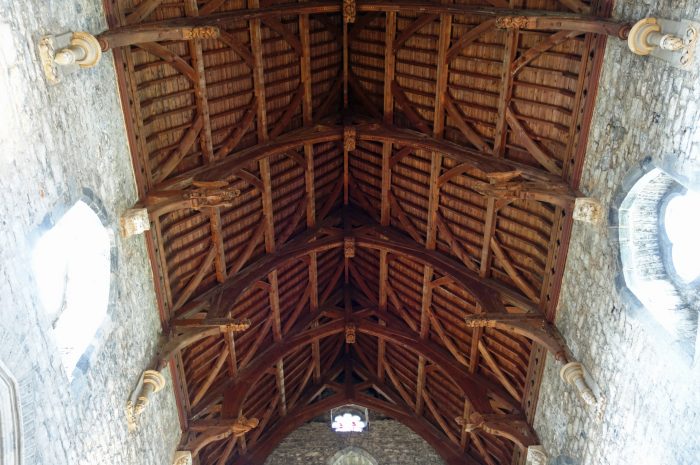
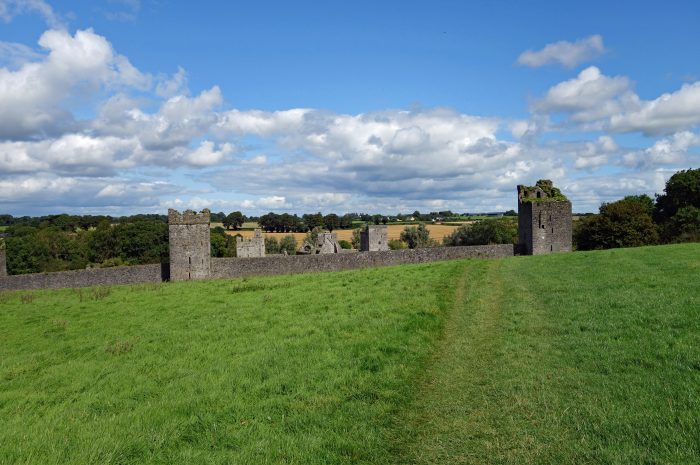
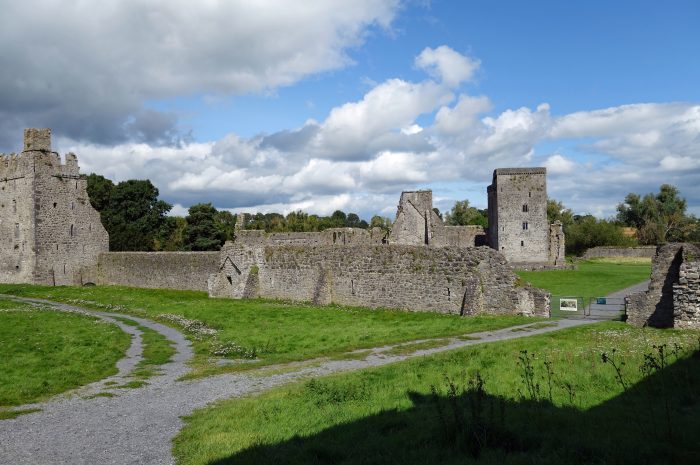
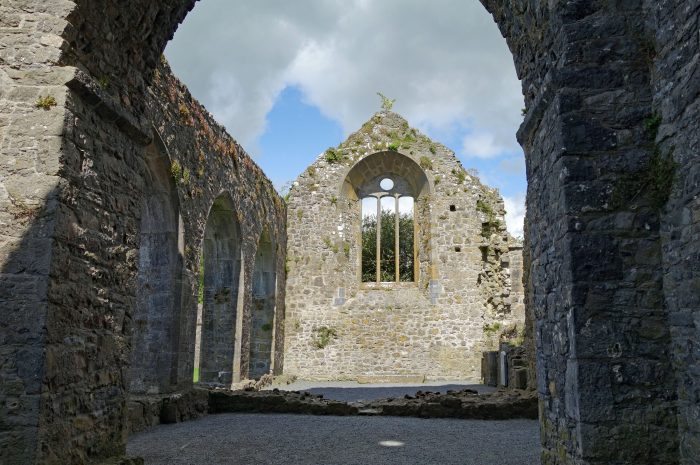
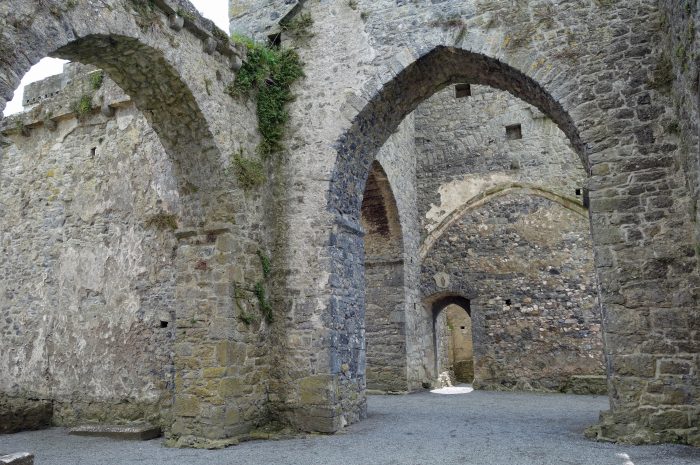
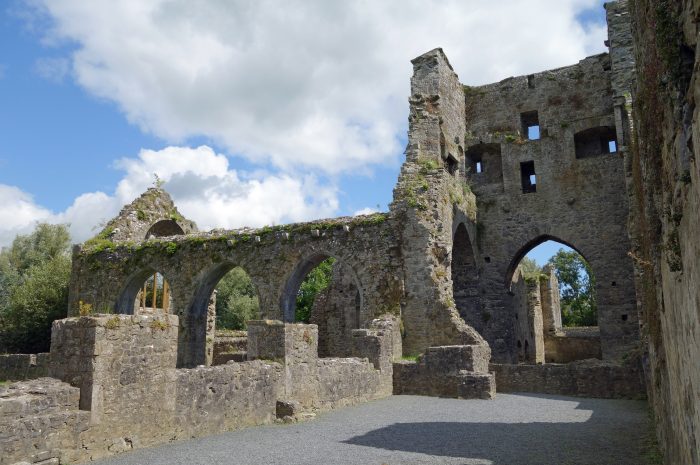
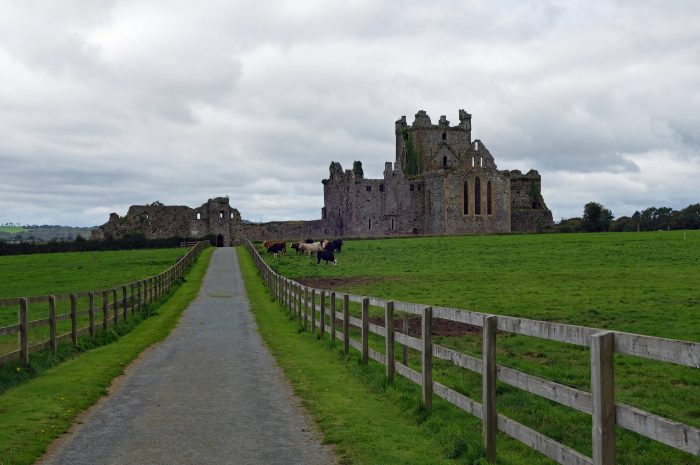
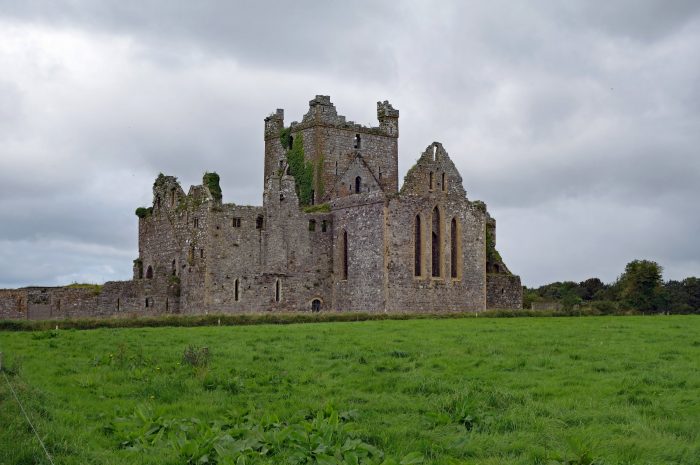
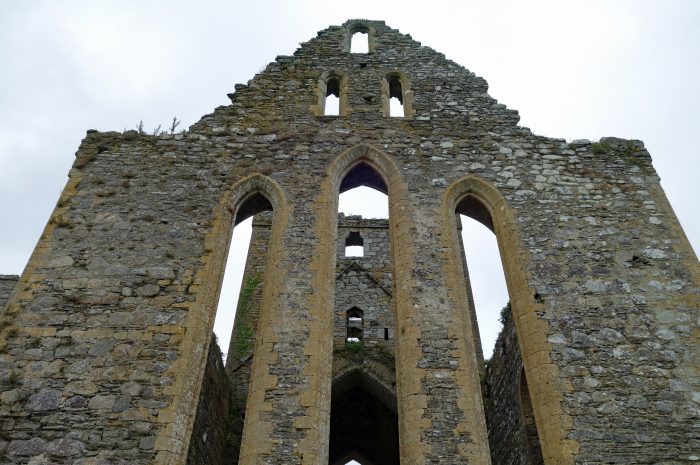
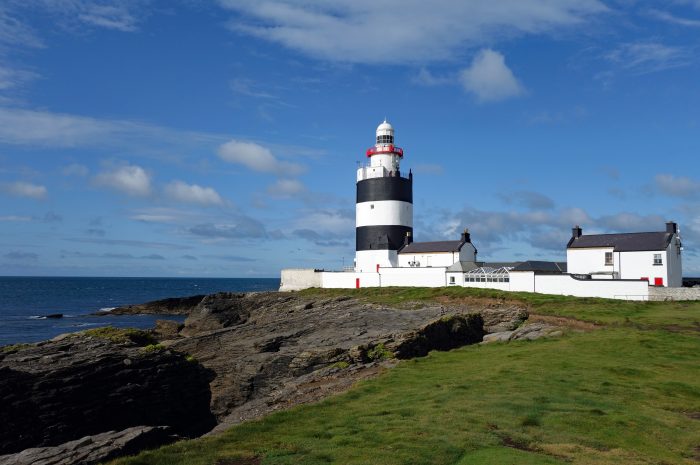
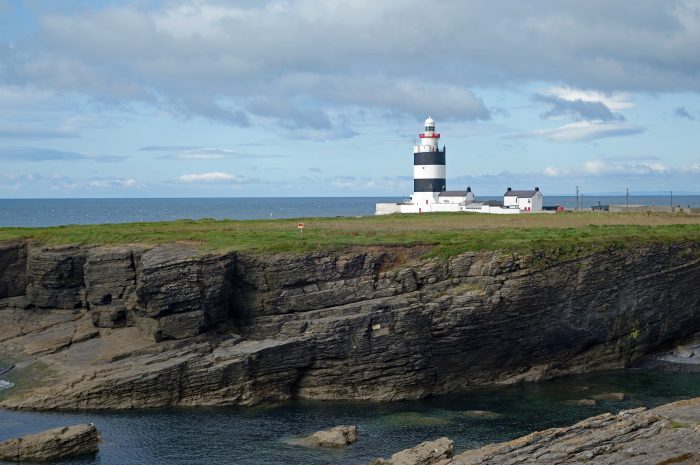

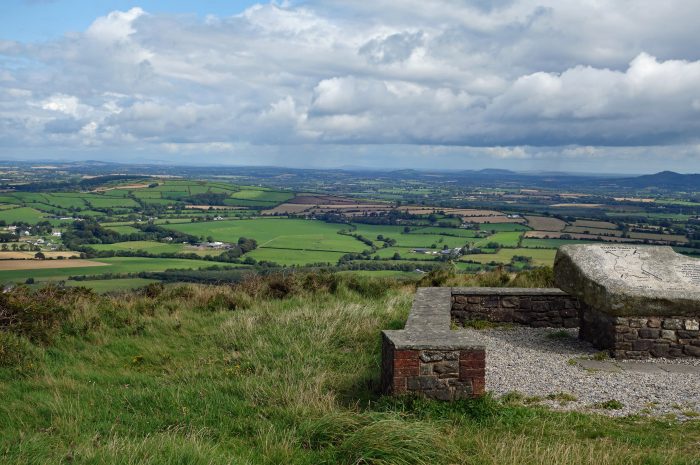

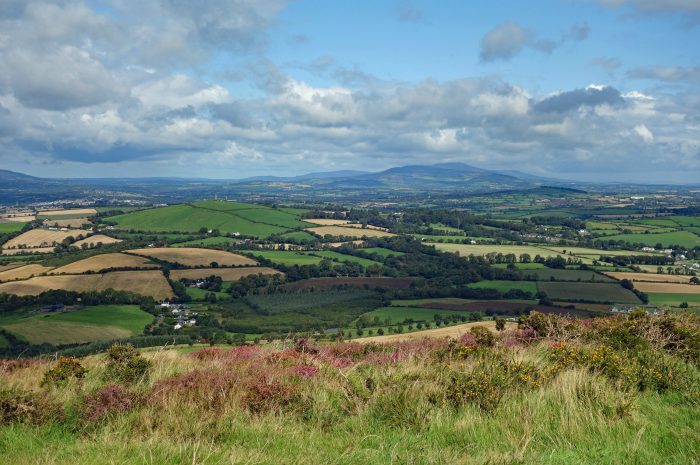
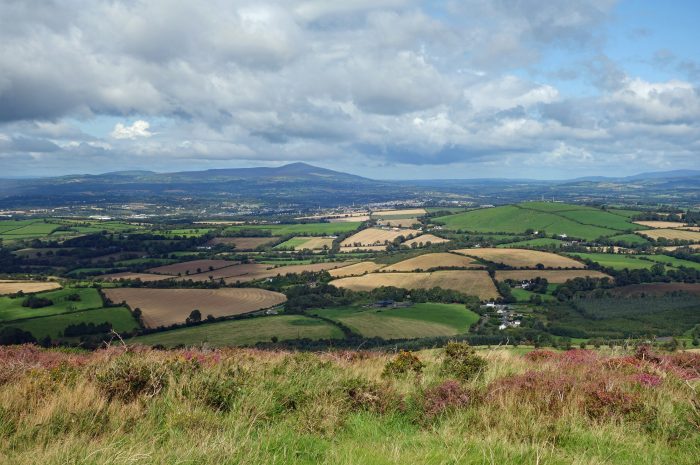
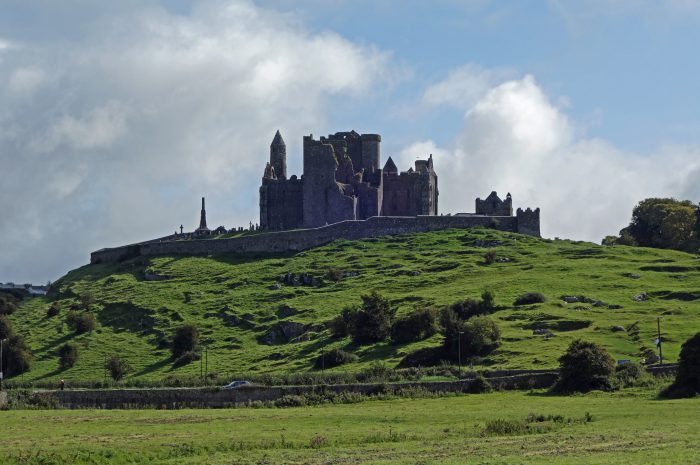


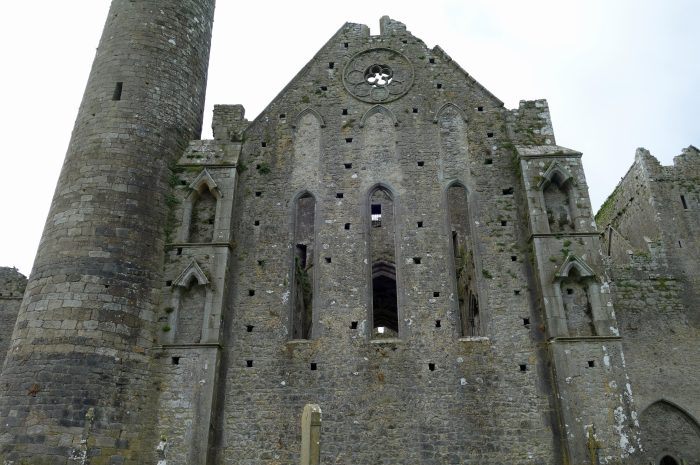
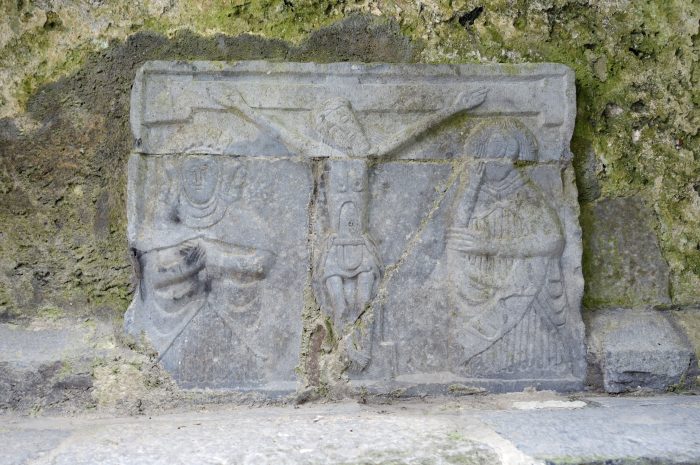
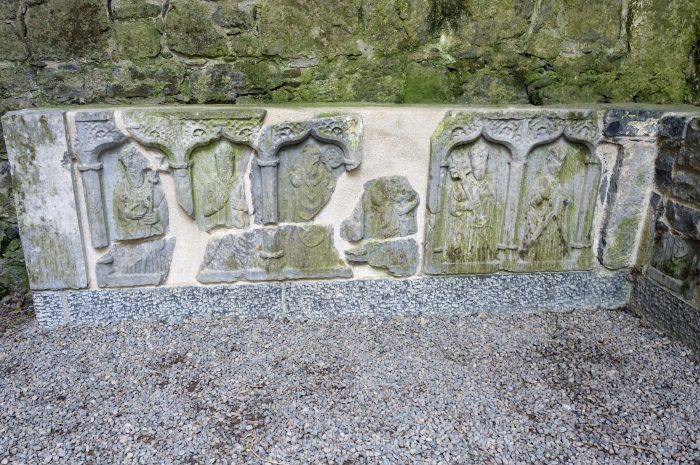

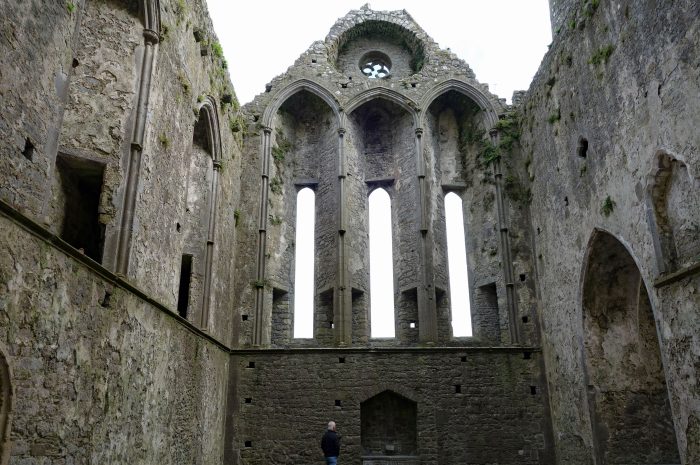
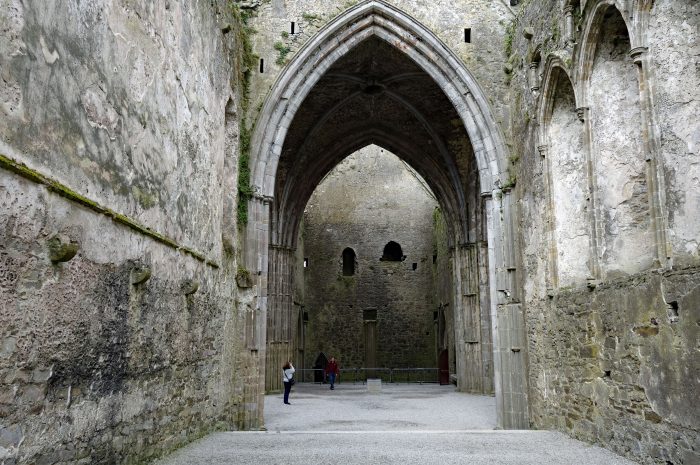
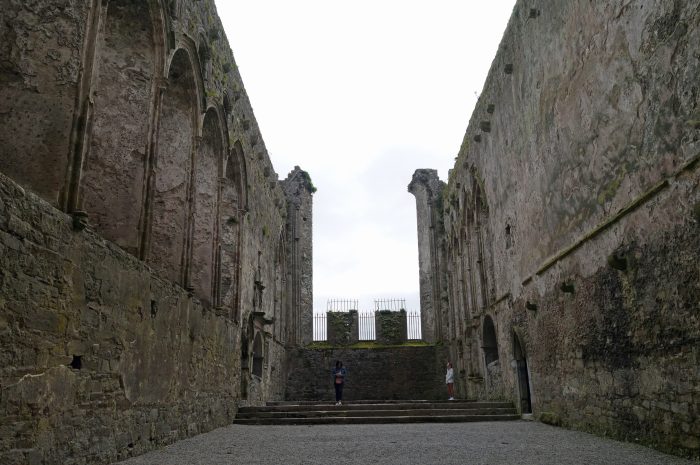
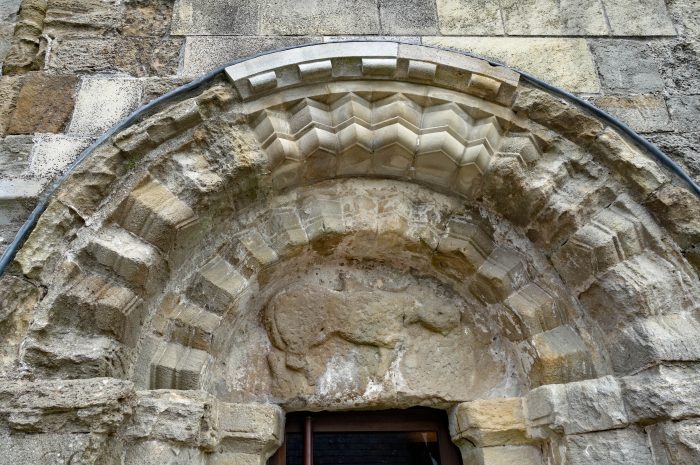

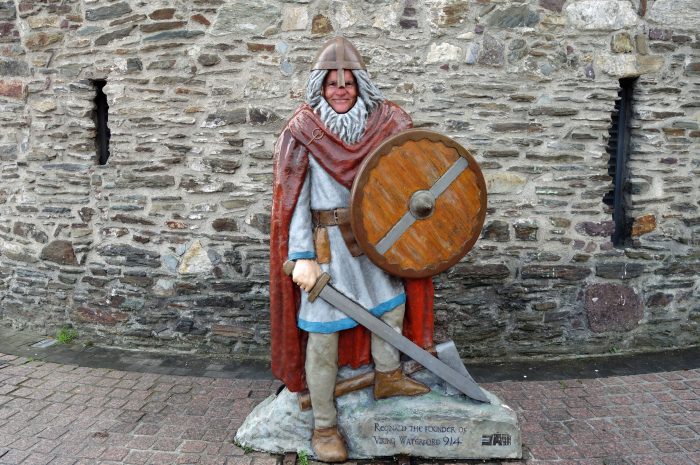
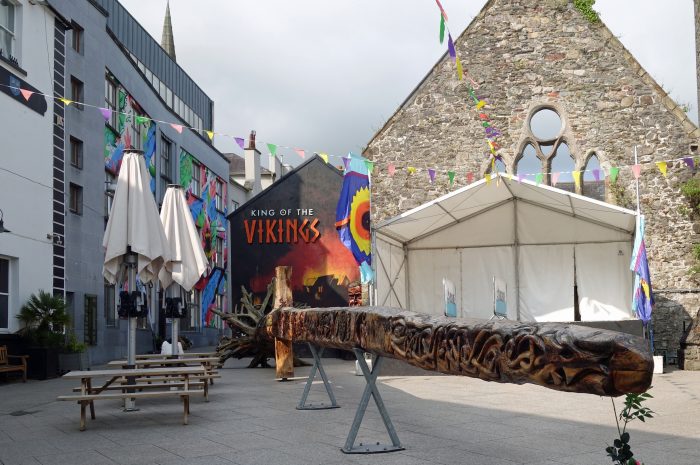
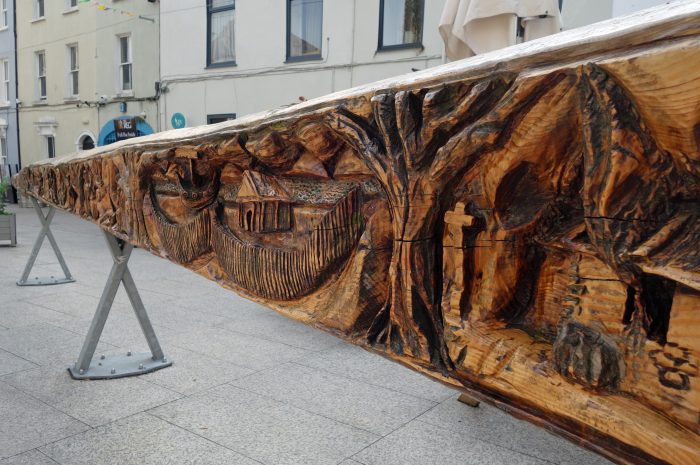

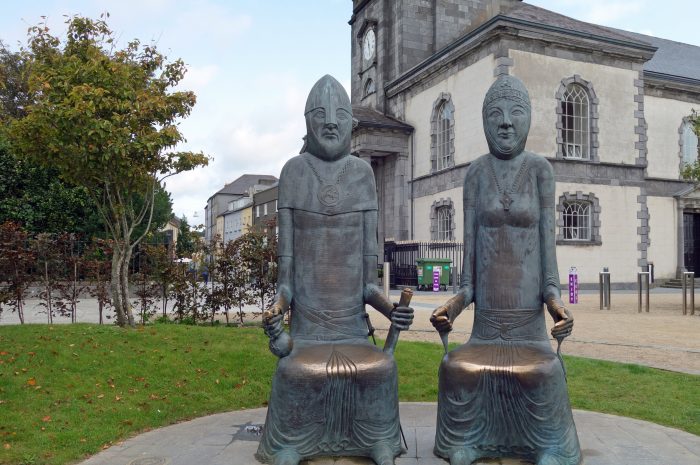
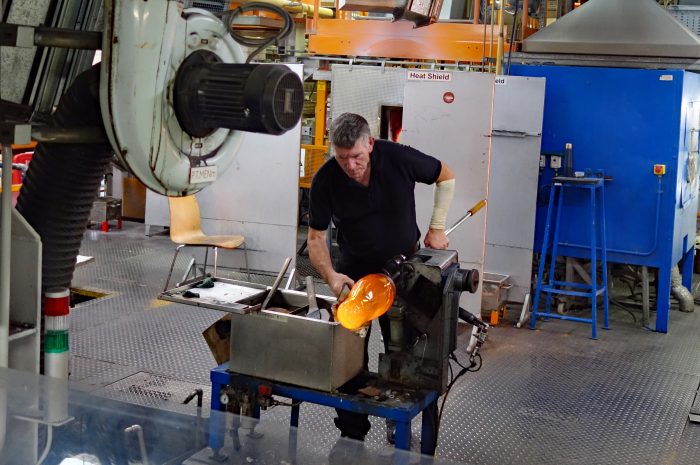
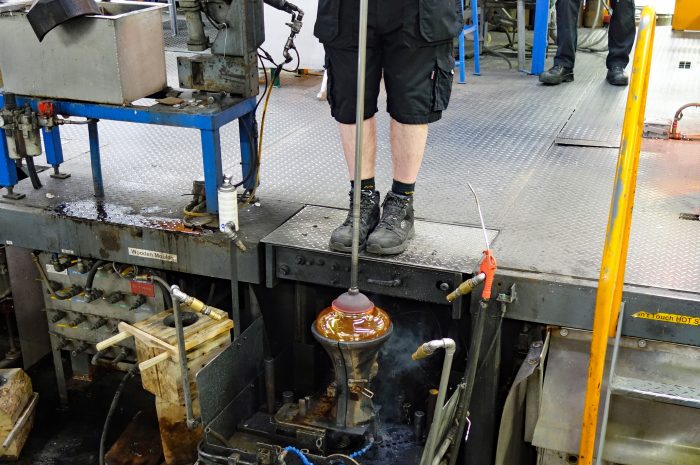


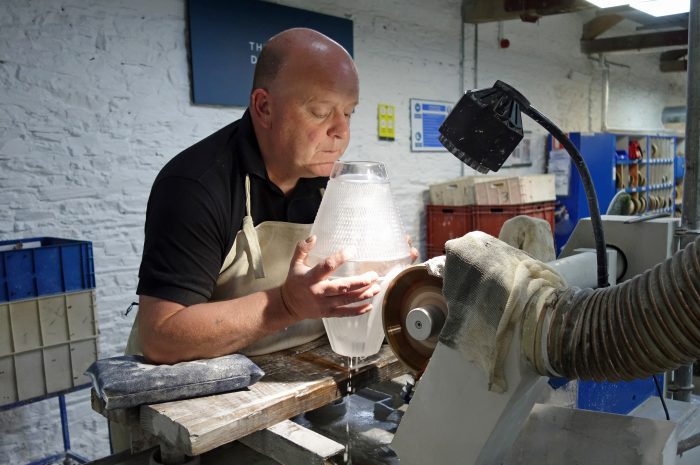
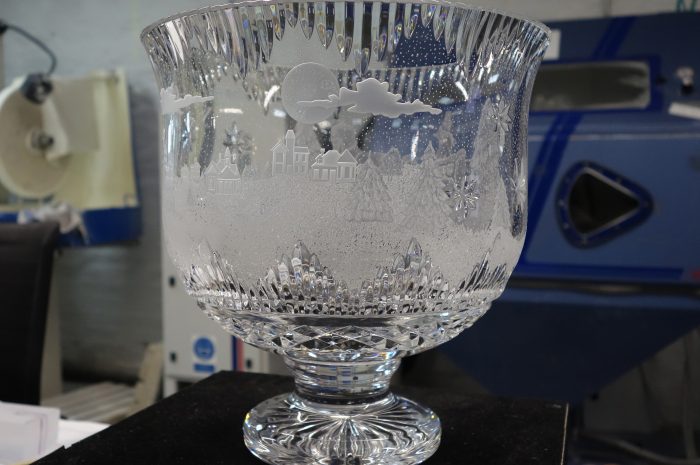
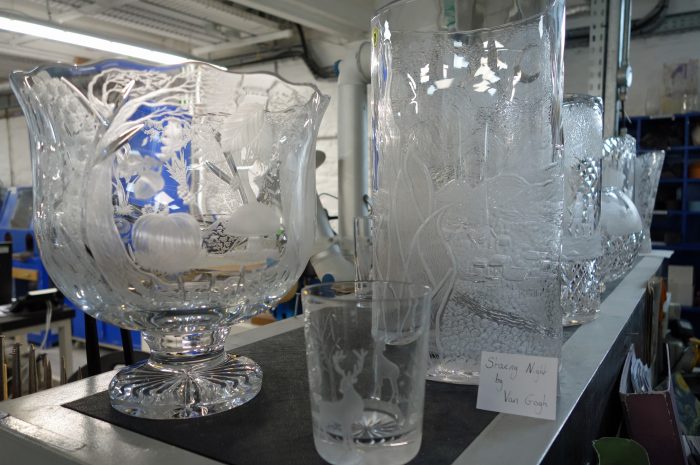
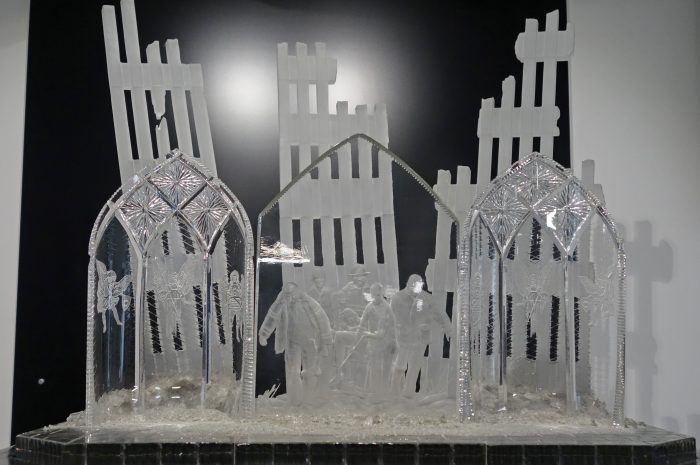



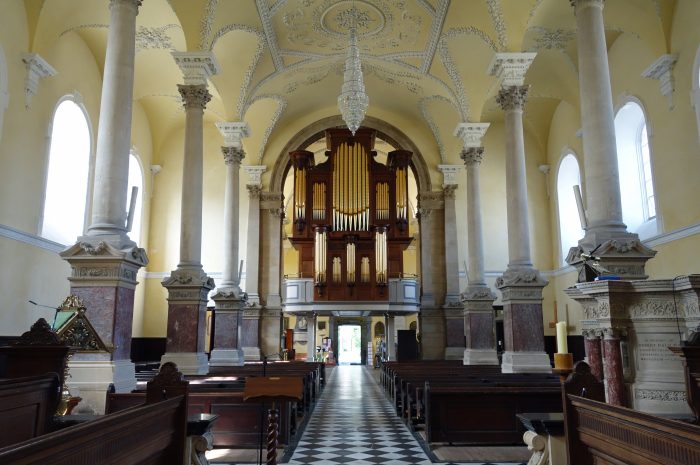
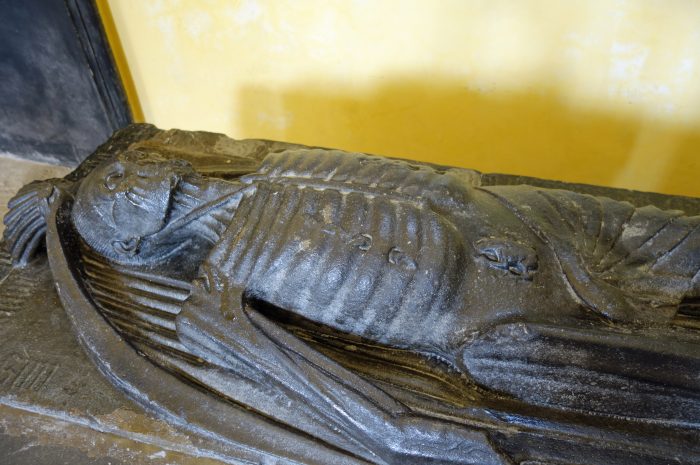
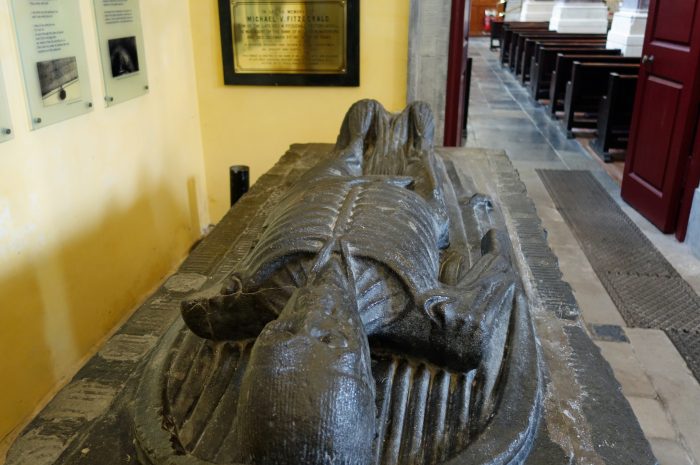
Beautiful pictures and interesting history. I did my Kennedy ancestry a few years back and read quite a bit on that area. My Grandfather’s – grandfather was born 1844 in Kilmachil, Hibernian, Wexford County. His brother’s 1835 information said Wexfondi, Ireland. Not sure if that is the same, I assume so.
Both Michael, James and sister came to Canada we believe about early 1900’s
I was constantly looking through the graveyards and even had a long discussion with a priest in a Cathedral when Jim and I were there. Too bad the Irish have lost so many records. So on to France, can’t wait for the pictures.
Thanks Deb. It must have been quite interesting researching your Irish Kennedy ancestry. Take care and I hope you are good!